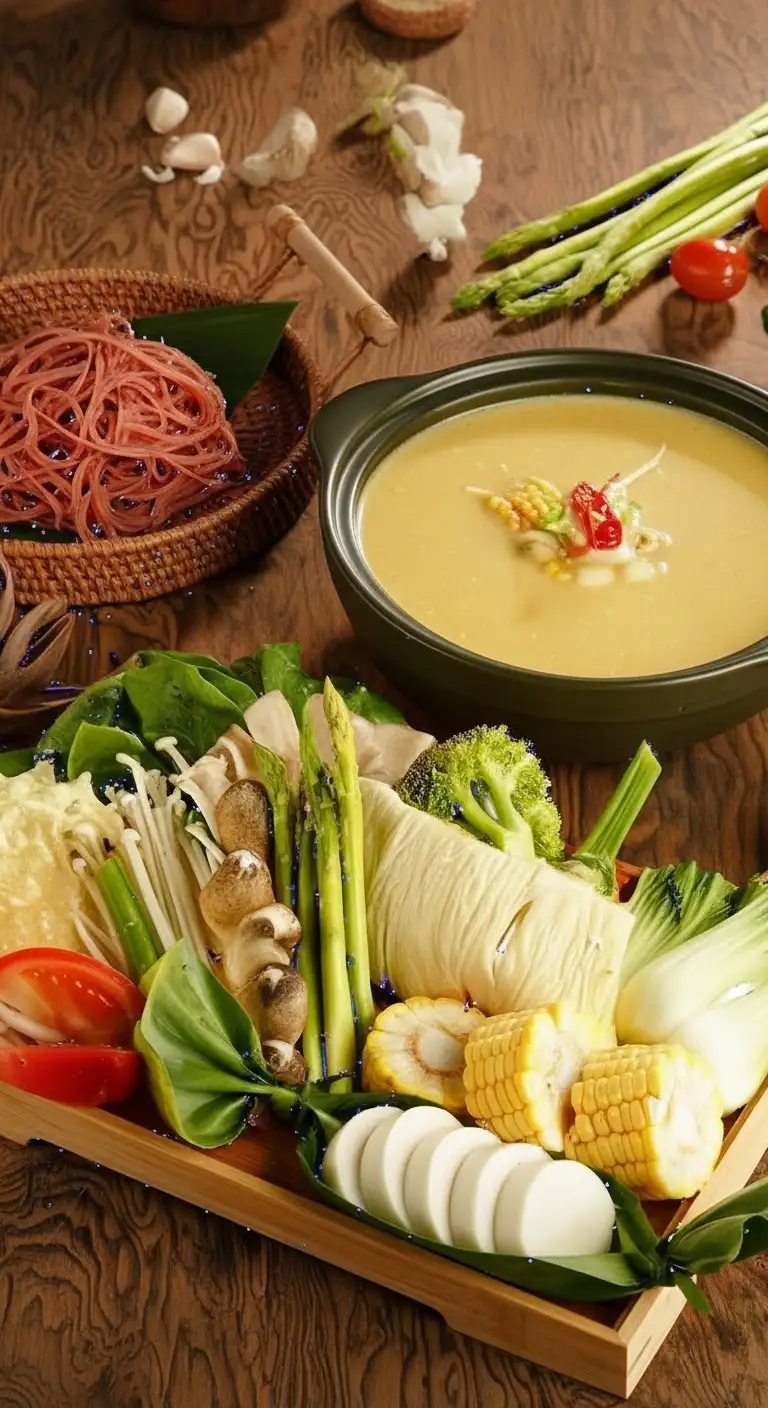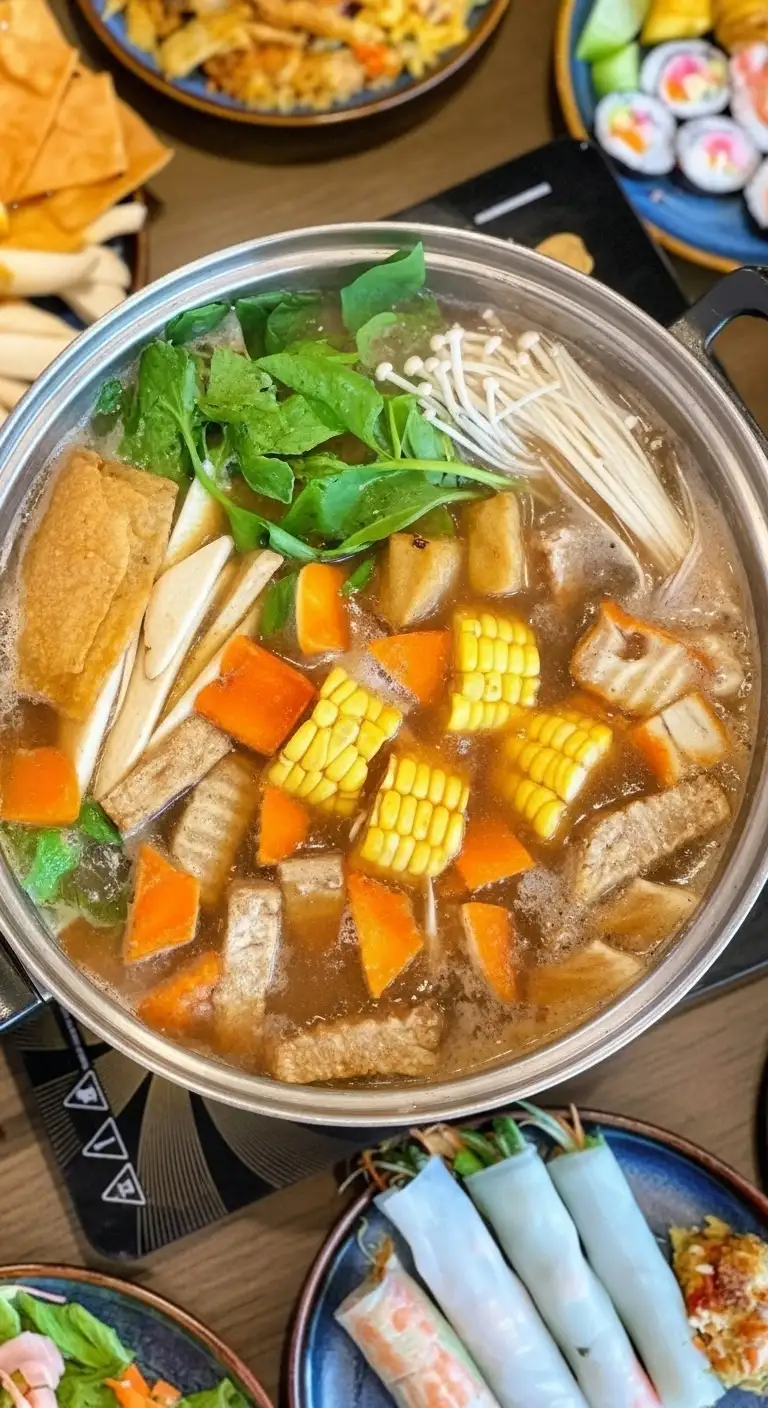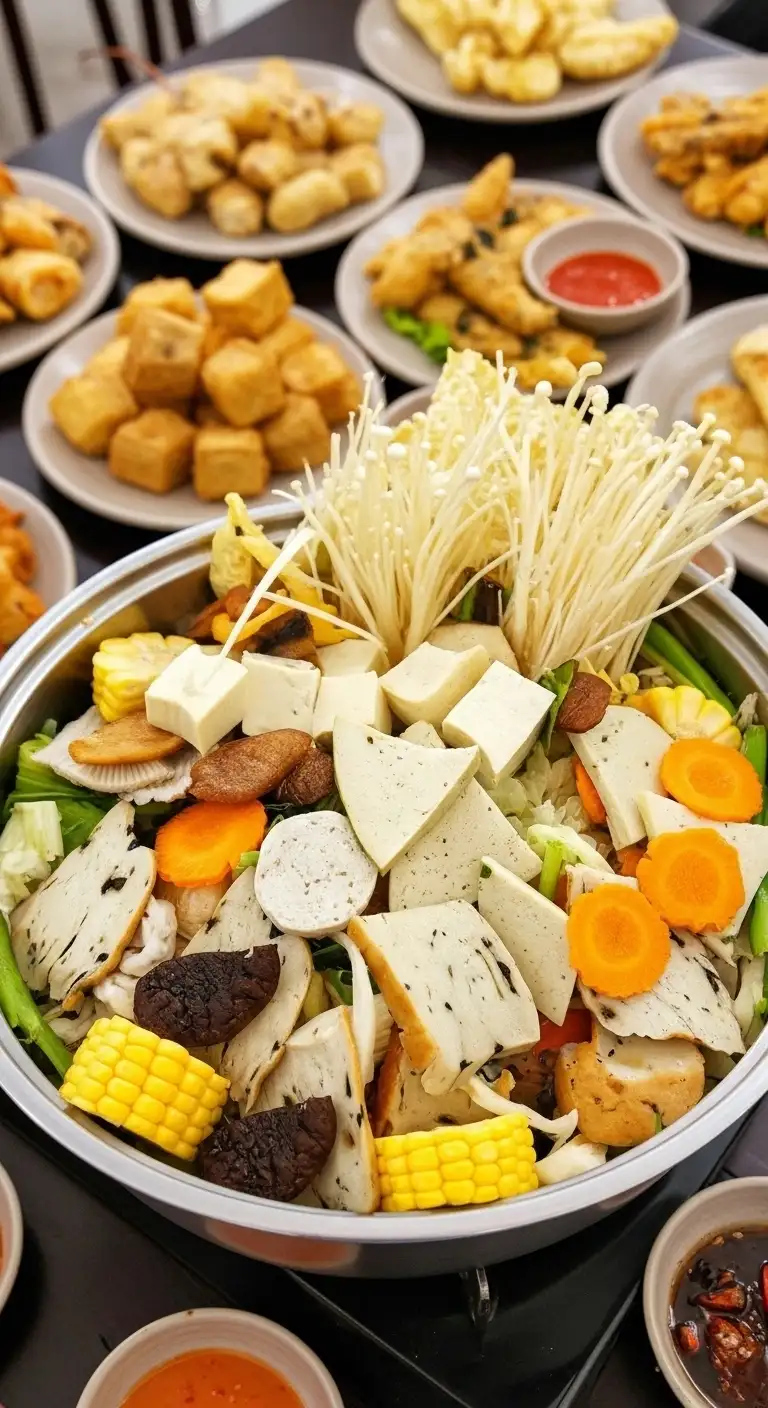Lẩu Chay (pronounced Low Chī), meaning Vegetarian Hot Pot or Vegan Hot Pot, is a cornerstone of Vietnamese plant-based cuisine. Rooted in Buddhist traditions and a growing movement towards healthy eating, Lẩu Chay is anything but simple. It is a hearty, deeply flavorful, and highly nutritious meal that showcases the abundance of fresh produce, roots, and mushrooms available across Vietnam. It’s a perfect communal dish, providing warmth, comfort, and a vibrant mix of textures and tastes.
Basic Information on Lẩu Chay
What is Lẩu Chay?
It is a traditional Vietnamese hot pot where all ingredients, including the broth base, are strictly vegetarian and often vegan. The essence lies in extracting deep, natural sweetness and umami from vegetables, roots, and fungi, replacing the traditional meat-based stock.
The Broth (Nước Lẩu Chay):
The broth is the star. It is simmered for hours using various root vegetables—most commonly jicama, daikon radish, carrots, corn, chayote, and sometimes apples or pears—to achieve a naturally sweet, clear, and savory base.
Umami Boost: Vegetarians use seasonings like mushroom broth powder or a subtle touch of soy sauce to enhance the savory depth without using fish sauce or meat.
Key Components:
Vegetables & Roots: An array of fresh greens (water spinach, mustard greens, bok choy), taro, corn on the cob, tomatoes, and pumpkin.
Protein: Fried tofu puffs (đậu phụ chiên), fresh mushrooms (enoki, shiitake, oyster), and vegetarian mock meats (made from soy or wheat gluten).
Grains: Served with thin rice vermicelli noodles (bún) or various types of rice noodles.
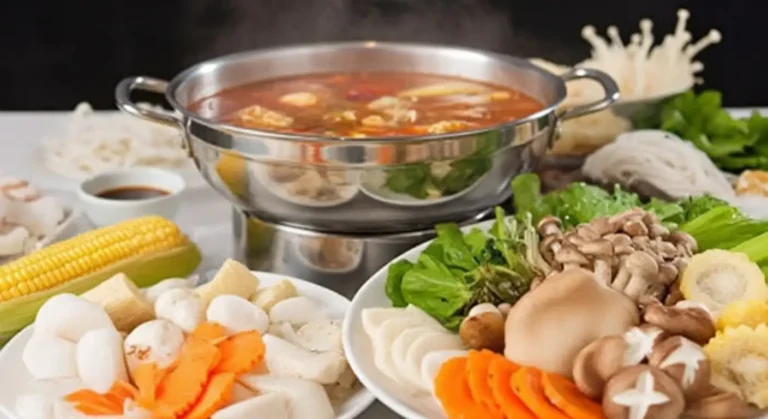
Varieties of Lẩu Chay
The name Lẩu Chay is a general term, and the hot pot’s flavor profile often depends on a specialized vegetable broth base:
Lẩu Nấm Chay (Vegetarian Mushroom Hot Pot):
The most common variant. The broth is heavily focused on various fresh and dried mushrooms, giving it an intensely earthy and savory depth (a natural source of umami).
Lẩu Thái Chay (Vegetarian Thai Hot Pot):
A popular adaptation featuring a broth that is sweet, spicy, and sour, mimicking the flavors of Thai Tom Yum. The sourness comes from tamarind, lime, and tomatoes, while the spice is provided by chilies, lemongrass, and kaffir lime leaves.
Lẩu Chay Lá Giang (Vegetarian River Leaf Hot Pot):
Features the clean, gentle sourness of lá giang (river leaf), giving the broth a light, refreshing, and slightly herbal tang.
How to Eat Lẩu Chay
Lẩu Chay is a friendly and customizable dining experience, similar to its non-vegetarian counterparts.
Broth Service: The simmering broth, often containing some root vegetables and tomatoes, is placed in the center of the table over a burner.
Cook in Stages: Diners add the raw ingredients gradually. Root vegetables (like taro or pumpkin) are added first as they take longer to cook. Mushrooms, tofu, and leafy greens are added towards the end for a quick blanch.
Dipping Sauce: The cooked ingredients are dipped into a custom sauce, which is crucial for vegetarian hot pot since fish sauce is avoided. The common dipping sauce is soy sauce (nước tương) mixed with freshly sliced chili, garlic, and sometimes a dash of vinegar or lime.
Enjoy with Noodles: The cooked ingredients and broth are scooped into individual bowls, and vermicelli rice noodles (bún) are added to make a complete, satisfying bowl of vegetable noodle soup. This final stage allows the diner to enjoy the full flavor concentration of the broth.
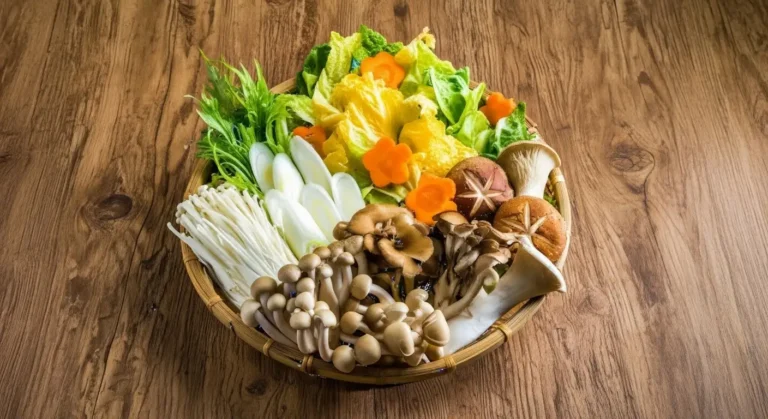
Regional Differences in Lẩu Chay
While the principles of Lẩu Chay are consistent (no meat, clear broth), regional preferences subtly influence the flavors and ingredients used:
| Region | Broth Characteristic & Flavor Note | Signature Ingredients & Preference | Key Difference |
|---|---|---|---|
| North (Hanoi) | Subtle and Naturally Sweet. Broth is clear, delicate, and often savory with a reserved sweetness, focusing on the quality of the root vegetable stock. | Heavy emphasis on fresh mushrooms for umami. Minimal use of chili, and flavor is well-balanced to avoid being overly salty or sweet. | Tamarind is rare; the sour note, if present, is usually from a lighter touch of lime or natural vegetable acidity. |
| Central (Huế, Đà Nẵng) | Spicy, Rich, and Vibrant. Reflects the Central region's love for bolder, spicier, and more concentrated flavors. | The broth is often infused with lemongrass and chili oil for a spicy kick. More exotic local herbs may be included. | A stronger presence of heat (chili) and sometimes the use of spicy fermented seasonings (while remaining chay). |
| South (Saigon/Mekong Delta) | Sweeter, Abundant, and Rich. The warmest climate leads to a rich supply of produce and a preference for sweetness. | Broth often has a noticeable sweetness (from sugar or coconut water). Taro is very popular, making the broth thick and rich as it dissolves. | Abundant use of tropical vegetables and a focus on an overall "gentler" flavor profile, accommodating the Southern sweet tooth. |

